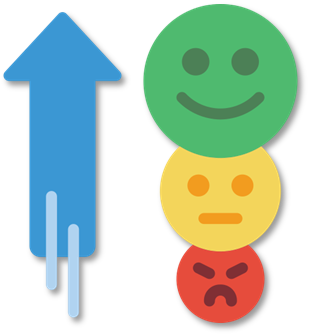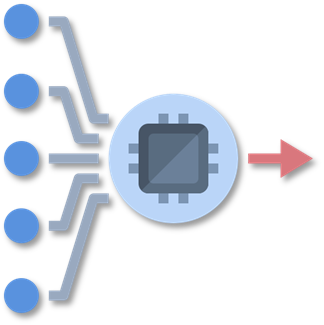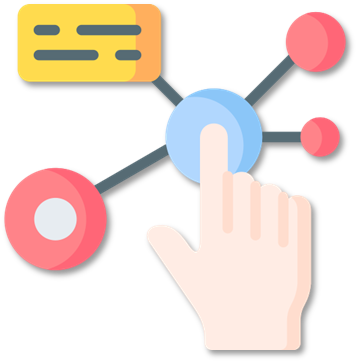Step 2: Functions
| Topic | Question | Answer Group 1 | Answer Group 2 | Answer Group 3 |
Overall objective | What is the overall objective of the human-AI system? How do the human and AI collaborate and support each other (interdependence)? | To identify and remove any barriers that prohibit the patient from achieving a sustainable change in life style. Secondly to find a personalized approach to achieve this life style change that addresses the preferences and objectives of the patient combined with that what is required to improve their health. | Two objectives/systems: - One to support the doctor by monitoring and prioritizing patients for consults. - The other to support the patient in signaling if change is needed and offer insight into glucose levels over time and possibly give advice on this.
| “Long-lasting, successful, appropriate behavior change in an individual with low SES and low health literacy, lasting longer than 3 months” Security Ethics Legislation Accessibility (Decrease in) workload Simpifying hand-over General goals: lifestyle advice, interventions at the right moment in time, connect with motivation (“aansluiten bij drijfveren”), improving/learning what works, revisiting over time, personalization (“knoppen vinden om aan te draaien”) Patient: positive interaction, interesting & meaningful interaction, trust relationship, engage patient power (“aanbreken patiëntenkracht”), rewards (but which ones?), demystification Zorgverlener (consulterend): advice on motivating patient, diagnosis Researcher: collect data and make it available |
Functions
| What are the functions of the AI-module(s)? What does it actually do? What are its inputs, what are its outputs? | - Assist the coach to make burdens/barriers explicit through adaptive/context-aware questions over time to the patient. - To assist the coach during the consult with pointers what could be personal barriers/objections towards certain life style changes. - To provide friends/family with insights into the patients if allowed to involve them in the patient's required life style changes. - To assist the patient in overcoming their barriers towards a sustainable life style change by giving actionable advice (e.g., to join certain social apps, find a walking-buddy, etc.). - Nudge the patient when they should do or omit something that is tailored to their preferences, capabilities and objectives, and the recognition that these change over time. - Together with patient and coach set objectives to achieve.
| - To MD: To monitor patients physiological data and through questionnaires. - To MD: To provide summary data on a patient. - To MD: To prioritize patients for a general practitioner or MD that could benefit or are in need of a consult. - To MD: To provide an overview of preferences and tried interventions by the patient. - To MD: Provide a list of patients with a risk value/probability. - To MD: To accept a patient evaluation from an MD. - To Patient: To measure certain physiological values at the patient. - To Patient: To measure performed actions by the patient. - To Patient: To provide questionnaires to assess the patient's current condition and preferences. - To Patient: To keep an overview of already tried interventions. - To Patient: To provide alerts, current risk value and conclusion/assessement of progress. - To Patient: To offer personalized advice about interventions. - To Patient: To provide insight and explanation about the patient, offered advice and risk. |
|
Interaction | How do you expect the human to interact with these AI-functions? Does the human provide any input? (just a (high-level) description of interaction(s) is fine, e.g. “Actor A provides feedback in the form of tags”) | - Chat bot for interactive/adaptive questionnaires with the patient. - Personalized compliments to keep patient motivated. - The 'new nudging'; a way of notifying the patient that they should do something or omit something in a way that is natural and non-obtrusive. - Gamification, potentially adapted to the patient's profile (emphasize competitiveness or coooperation for instance). | Towards the patient to be always available and super personal. | |



